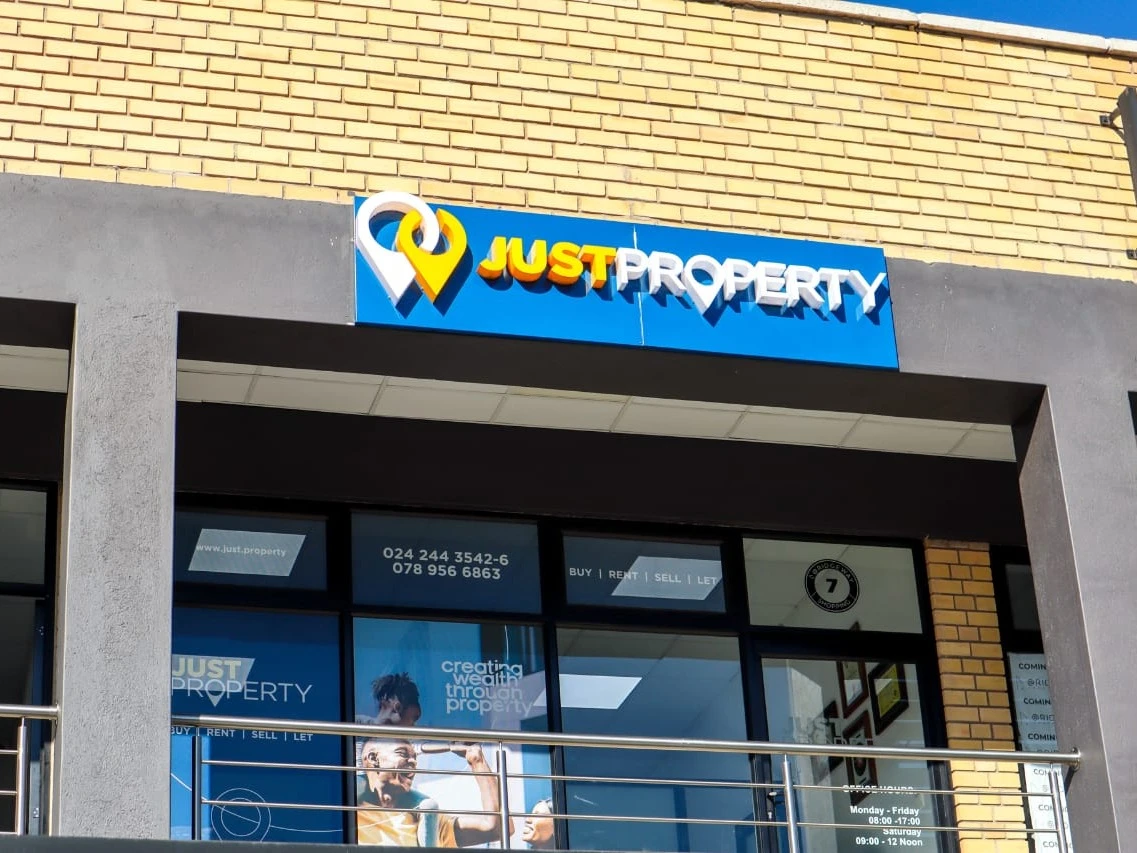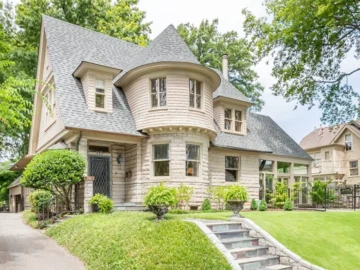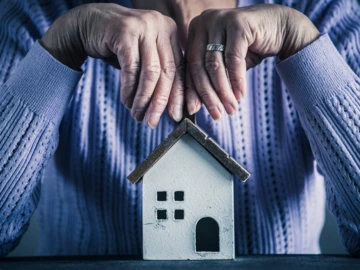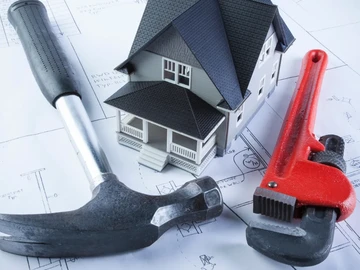As the world grapples with rapid urbanisation and environmental challenges, innovative residential solutions are essential. In Zimbabwe, a unique answer to the housing crisis is emerging: cluster housing. This concept has gained traction as an effective model for creating sustainable, community-oriented living spaces. In this article, we delve into the future of cluster housing, examining current trends, groundbreaking innovations, and real-life examples that define this burgeoning sector of real estate.
Understanding Cluster Housing
Cluster housing is a form of residential development characterised by grouping multiple homes in close proximity, often incorporating shared amenities. This model contrasts sharply with traditional, sprawling single-family homes, which can lead to urban sprawl and environmental degradation. Instead, cluster housing promotes a denser, more efficient use of land, making it particularly attractive in urban areas where space is at a premium.
From townhouses to duplexes and small apartment buildings, cluster housing offers a diverse range of home types. These developments typically include communal spaces such as parks, playgrounds, and recreation facilities, fostering neighborly interactions and strengthening community bonds.
Benefits of Cluster Housing
The cluster housing model comes with a myriad of benefits that cater to modern lifestyle preferences:
- Sustainability:
With growing concerns about climate change, sustainable development has become a priority for many homebuyers and developers alike. Cluster housing minimises land use, preserving natural habitats and reducing the need for extensive infrastructure. Shared amenities not only reduce overall environmental impact but also encourage community-driven initiatives, such as recycling and conservation programs.
In South Africa, the Steyn City development in Johannesburg incorporates cluster housing with sustainable features like solar energy, water recycling systems, and extensive green spaces. This has reduced the community’s carbon footprint by 30% compared to traditional housing developments.
- Enhanced Community:
One of the standout advantages of cluster housing is its ability to foster a sense of community. The layout encourages social interaction, allowing residents to form friendships and support networks. Shared spaces, such as community gardens or recreational facilities, serve as natural gathering spots where neighbors can connect, collaborate, and celebrate shared interests.
A 2022 study by the Urban Land Institute found that 78% of residents in cluster housing developments reported stronger social connections compared to those in traditional suburban neighborhoods.
- Convenience and Accessibility:
Cluster housing also emphasises convenience. Many developments are designed with pedestrian-friendly layouts and easy access to essential amenities, including shops, schools, and public transport. This accessibility reduces dependence on vehicles, leading to less traffic congestion and lower carbon emissions.
The Borrowdale Brooke cluster housing development in Harare, Zimbabwe, offers residents walking-distance access to schools such as Heritage, shopping centers, and healthcare facilities, reducing the need for daily car trips.
- Affordability:
Affordability is a pressing concern for many prospective homeowners, particularly in urban areas where housing prices are spiraling. Cluster housing presents a solution by offering homes at various price points while sharing infrastructure and maintenance costs among residents.
In Zimbabwe, cluster housing developments have been shown to reduce construction costs by up to 20% compared to standalone homes, making them an attractive option for middle-income families.
Innovations Driving the Cluster Housing Trend
As the demand for cluster housing continues to grow, several innovative practices are reshaping the industry:
- Smart Home Technology:
Today’s cluster housing developments are increasingly integrating smart home technologies that enhance the living experience. Homebuyers are interested in homes equipped with smart appliances, energy-efficient systems, and home automation features that allow monitoring and controlling real-time energy usage.
Real-life example: The EcoVillage project in Cape Town, South Africa, features smart homes with solar-powered energy systems, automated lighting, and water-saving technologies, reducing utility costs by up to 40%.
- Sustainable Building Practices:
Environmental sustainability is a cornerstone of modern cluster housing design. Developers are committing to green building practices, such as utilising recyclable materials, energy-efficient constructions, and eco-friendly landscaping.
According to the World Green Building Council, green buildings can reduce energy use by up to 50% and water use by 40%, making them a key component of sustainable cluster housing.
- Emphasis on Green Spaces:
As urban areas become denser, the inclusion of natural elements like parks, gardens, and green belts in cluster housing plans has become increasingly critical. Access to green space has been linked to improved mental health, community interaction, and overall quality of life.
The Lifestyle Garden Villas in Harare features a central park and community garden, providing residents with a serene environment and opportunities for social interaction.
- Mixed-Use Developments:
An emerging trend in cluster housing is the integration of mixed-use developments, where residential spaces coexist harmoniously with retail and commercial outlets. These neighborhoods create vibrant, self-sufficient communities, allowing residents to access services and job opportunities without needing to travel far.
The Avondale West Lifestyle Centre in Harare combines residential units with retail shops, restaurants, and office spaces, creating a thriving hub for residents and businesses alike.
Trends Shaping the Future of Cluster Housing
As the landscape of cluster housing continues to evolve, several key trends are shaping its direction:
- Increased Density:
Urban areas are experiencing a surge in population, and cluster housing can effectively provide the high-density solutions cities are seeking. By maximising land use without sacrificing quality of life, cluster developments can accommodate more people and provide essential services close to where they live.
The United Nations predicts that 68% of the global population will live in urban areas by 2050, highlighting the need for high-density housing solutions like cluster housing.
- Aging Population:
With an increasing number of older adults seeking suitable living arrangements, cluster housing is gaining attention as an ideal option. Developments that incorporate age-friendly design features like single-story layouts, accessibility options, and proximity to healthcare allow seniors to maintain their independence while staying connected to a supportive community.
The Heritage Village in Bulawayo, Zimbabwe, offers cluster housing tailored to seniors, with on-site healthcare facilities and community activities designed to promote active aging.
- Focus on Wellness:
Health and well-being are paramount in contemporary living considerations. Many cluster housing projects are embracing wellness-oriented designs, such as incorporating fitness facilities, walking paths, and community gardens.
A 2021 survey by the Global Wellness Institute found that 70% of homebuyers prioritise wellness features when choosing a new home.
- Technology Integration:
The rise of technology in everyday living continues to influence cluster housing design. Developers are incorporating high-speed internet access, remote working spaces, and smart community technologies that facilitate communication among residents and streamline property management.
The Smart Living Community in Johannesburg offers co-working spaces and high-speed Wi-Fi, catering to the growing number of remote workers in the region.
Challenges and Considerations
While cluster housing presents numerous benefits, it also faces challenges that must be addressed:
- Regulatory Hurdles:
Navigating zoning laws and regulatory requirements can complicate cluster housing development. Policymakers may need to revisit existing regulations that may not align with the community-oriented nature of cluster housing. - Community Resistance:
Some existing residents may oppose cluster housing developments due to fears of increased traffic, noise, and changes to neighborhood character. Community engagement and outreach are essential to address these concerns. - Market Fluctuations:
The real estate market can be unpredictable, impacting demand for cluster housing. Developers must remain agile and adaptable to ensure their projects align with current and future market needs.
Conclusion
Cluster housing stands at the forefront of innovative, sustainable living solutions in Zimbabwe. By blending the benefits of community-oriented design with modern amenities and environmental consciousness, this housing model offers a promising path forward in addressing urban challenges. As the industry evolves, it is essential to remain attentive to emerging trends and innovations, ensuring that the future of cluster housing remains bright and impactful. Developers like Just Property Zimbabwe are leading the way in creating intentional, inclusive communities that respond to the needs of today's residents.
About Just Property Zimbabwe
Just Property Zimbabwe is a growing real estate company specialising in residential and commercial property sales, rentals, and development. With extensive experience and local expertise, Just Property Zimbabwe is committed to helping clients navigate the property landscape, offering a range of services to suit diverse needs. Whether you are seeking to buy, rent, or invest, Just Property Zimbabwe is dedicated to being your trusted partner in real estate.
 Continue with Facebook
Continue with Facebook
 Continue with Email
Continue with Email














